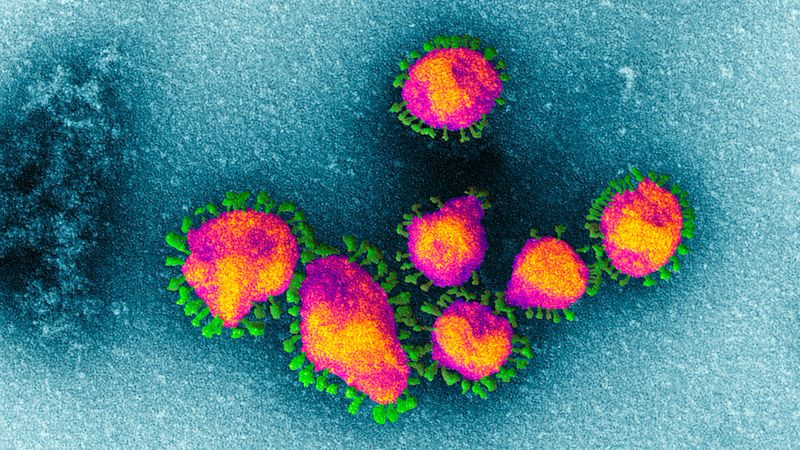Novel Corona Virus Progression, Some Observations

We started to track the Novel Corona Virus (nCOV2019) back in mid-January and based on the reported statistics developed a model for disease transmission and mortality. The training period for the model is shown in blue below and the underlying parameters have not been changed. Assumptions included a reduction in transmission rates as a consequence of public health measures in the near term plus a reduction in mortality rates as treatment methodologies improved and ultimately the recognition that some of the more exotic anti-virals had some impact. At the time we considered the model to be optimistic.

The disease progression for the reported data for all the Chinese provinces is shown in the graphic above. What is obvious is the similar slope to all the case trends (at the same axis scale, Hubei has the same slope as other province). The straight line trends on the log scale simply reflects the logarithmic nature of disease progression for a disease with Ro>1. The chaotic trends at the beginning of the record likely reflects delayed reporting. While there has been some comment that epidemiological models predict, based on an Ro of 2.2, 10 times the number of cases, the Chinese reported data would appear to be internally consistent and we are inclined to believe the data, until proven otherwise.

Comparison of the reported cases and deaths to the model is revealing. While the mortality rate shows very modest decline the rate of transmission appears to be declining significantly likely in response to the remarkable Chinese public health measures. Progression of the disease in countries outside of China is as would be anticipated. It is surprising that there are no reported cases in Africa. Considering the state of African medical services if nCOV2019 were to become established, the impacts on the continent could be more significant than in China and elsewhere in terms of totals cases and mortality.
The nCOV2019 outbreak is far from over but there are some positive developments in China as is evident in the data. We should not underestimate, that while the disease likely originated from the consumption of bats, the Chinese public and medical profession have behaved heroically.
China will now likely reflect on its public health investment and importantly on the interaction between the public and wild animals. The risk of new novel viruses will not be reduced until the consumption of exotic animals, particulalry wild mammals, is better controlled.